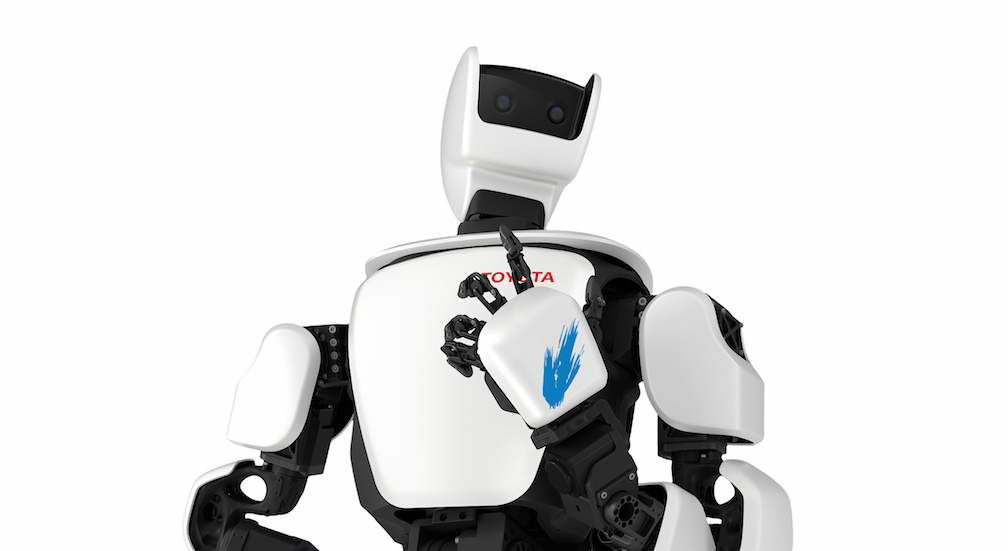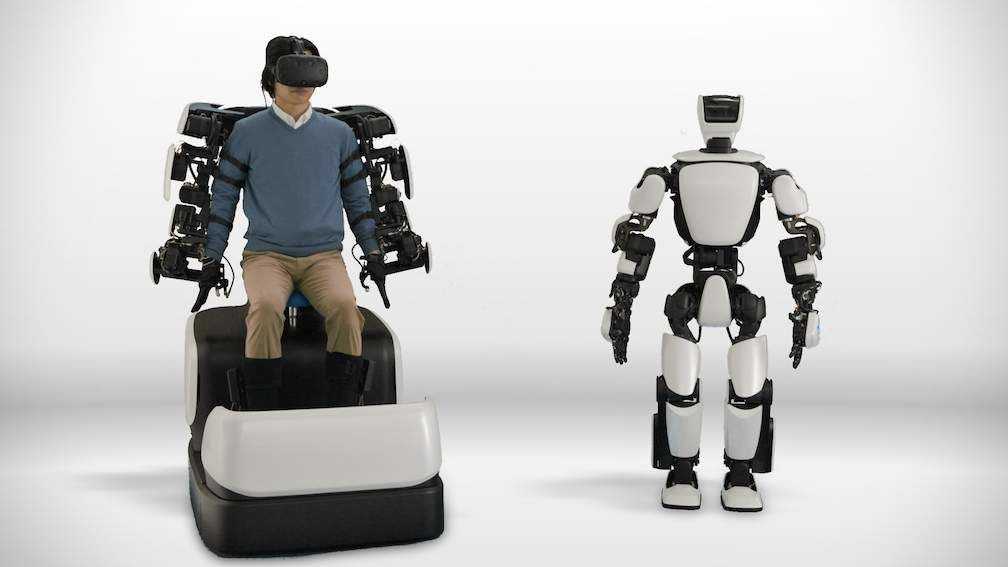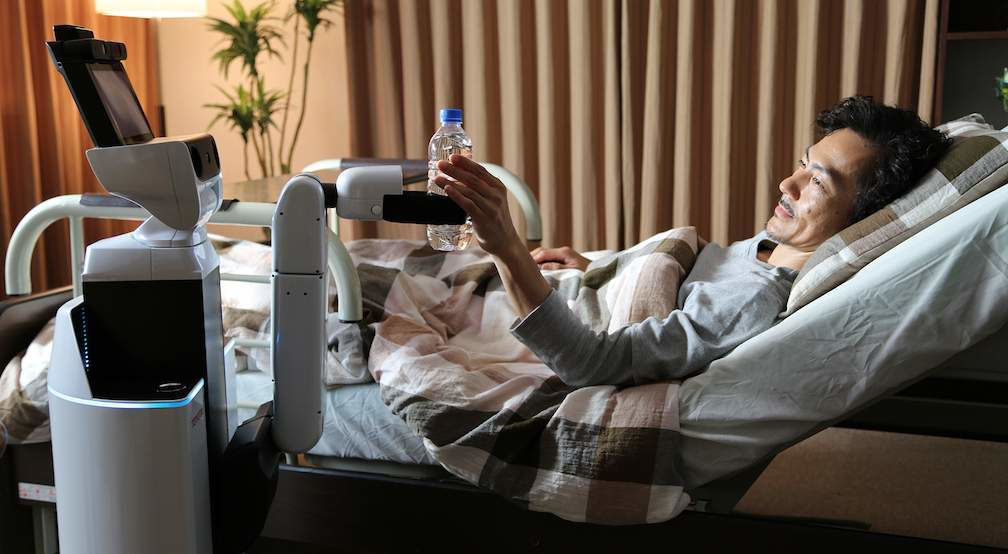Select a province & language
Entrance to this website assumes you have read and agree to these Legal Terms and Conditions and the Privacy Policy.
Entrance to this website assumes you have read and agree to these Legal Terms and Conditions and the Privacy Policy.
How Toyota is bringing the freedom of mobility to everyone

From migrating across countries in search of a new home hundreds of thousands of years ago to hailing a cab in minutes from the touch of a smartphone in today’s ultra-connected society, mobility is a fundamental need of humankind.
That’s why Toyota has strived to bring the power of movement to the world for more than 80 years, and why they’re now harnessing the power of technological breakthroughs such as artificial intelligence and robotics to bring mobility to more people than ever before.
“Unfortunately, freedom of movement is not shared by everyone, and we hope to help change that,” says Akio Toyoda, CEO of Toyota. “The success of our mission over the next century will only be ensured if increased mobility is in harmony with changing infrastructure and patterns of urbanization.”
The beating heart of this initiative is the Toyota Mobility Foundation, the charity established in 2014 to support mobility systems while ending disparities in mobility. Last November the Foundation launched the Mobility Unlimited Challenge, a project inviting some of the world’s leading inventors to design mobility products that will change the lives of people with lower limb paralysis. By cultivating a sense of co-creation and open-ended goals, Toyota hopes to see a plethora of designs and ideas for innovative assistive mobility devices, such as autonomous wheelchairs and robotic exoskeletons submitted for the competition. The winners will be announced at Tokyo’s 2020 Olympic Games.

At Toyota’s Partner Robot Division, the T-HR3 third generation humanoid robot is using the latest robotics technologies to explore how robots can coexist with humans, assisting them in their daily lives. The T-HR3 is controlled remotely using a Master Manoeuvring System, with the operator using head and arm movements to control the robot. A head-mounted display allows the user to see from the robot’s perspective, and the new platform brings capabilities in assisting humans at home or at work. Designs like the T-HR3 are essential for Toyota’s research into how robots can provide better mobility for all.
But it’s not just disabilities restricting mobility; Toyota also wants to tackle mobility restrictions for the elderly. In 2015, preliminary estimates from Stats Canada showed that, for the first time, there were more persons aged 65 years and older in Canada than children aged 0 to 14 years As the elderly become a larger demographic, new advancements in robotics have the potential to help us age more gracefully with assisted living functions that will ultimately lead to a better quality of life.
Building on the company’s expertise in robotics and applying technology from areas like the automotive industry, Toyota’s prototype Human Support Robot (HSR) is being developed to help people in their everyday activities. Moving around on wheels, and operated via voice command, the HSR will have the ability to pick up objects and perform other household tasks for the elderly or disabled. The HSR has already been trialled in Japan, and in 2017 made its home debut for an American war veteran who is now quadriplegic.

2017 also saw Toyota launch a rental service for its Welwalk robot - a rehabilitation robot designed to help those with lower limb paralysis. Outfitted with a base station that includes a treadmill and robotic leg shells that are fitted onto individuals with lower limb paralysis, Toyota’s Welwalk is just one of a number of Partner Robot technologies that focus on the company’s four fields of support to enable mobility for all: Senior Life Support, Medical Support, Personal Life Support, and Welfare Support.
Of course, the car will always be central to Toyota’s mobility future, but for CEO Akio Toyoda, the future lies in unlocking mobility for all through advancements in cutting-edge technology.
“We can achieve so much more if we focus on a purpose greater than ourselves, the purpose is the freedom of mobility for all,” said Toyoda, addressing a crowd in Athens last October to launch Toyota’s Mobility For All campaign leading up to Tokyo’s 2020 Olympic Games. “Quite simply, when people are free to move, they are free to realise their dreams, and fulfil their potential.”